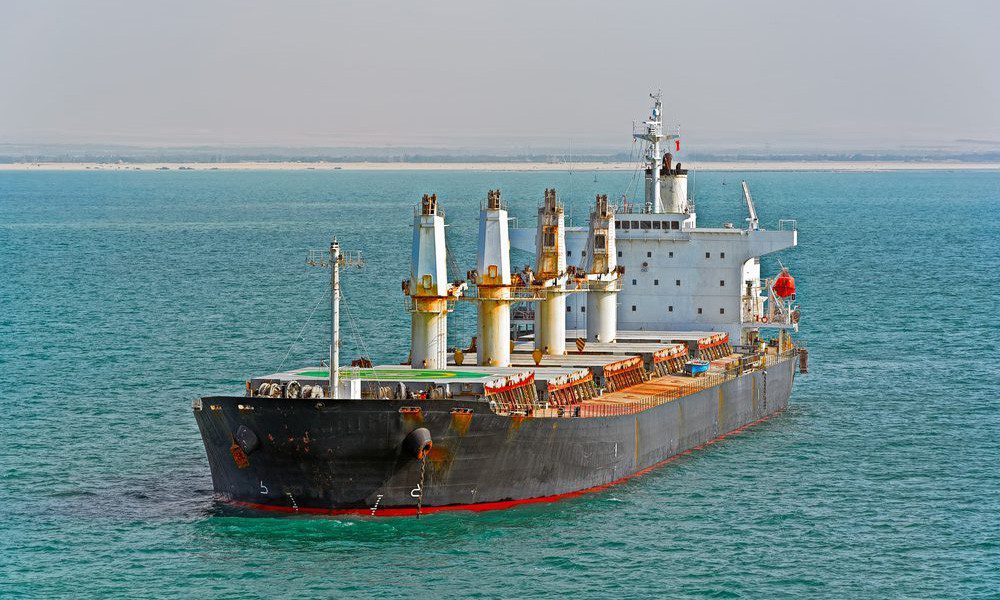India is making an ambitious technological leap towards energy independence and sustainability, by developing new generation small nuclear reactors, with a capacity of 200 MW. This initiative is being implemented by the Bhabha Atomic Research Centre (BARC). The new reactors, known as Bharat Small Modular Reactors (BSMR), are designed to be compact, flexible, and safe, with the capability of being installed on commercial ships and energy-intensive industries, such as the cement industry. The use of nuclear fission technology on such a scale allows for the stable production of electricity without carbon dioxide emissions.
According to government officials, these reactors can also be utilized in shipping, providing an alternative form of propulsion for commercial navy ships. At the same time, India is enhancing its shipbuilding capacity with the development of nuclear-powered submarines, already possessing the INS Arihant and INS Arighaat, which operate with 83 MW reactors.
On a political level, the government of Prime Minister Narendra Modi plans amendments to the Atomic Energy Act (1962), to allow the entry of private investors into the civilian nuclear sector. The new regulations will permit private companies to operate nuclear power plants, procure fuel from abroad, and return the used fuel to the country of origin.
Concurrently, the Civil Liability for Nuclear Damage Act (CLND) is also being revised, in order to establish a clear framework of liability between equipment suppliers and operators. These reforms aim to create a stable and transparent investment environment, which will attract technological collaborations and capital for the country’s green transition. With a strategic goal of increasing nuclear production capacity from 8.8 GW today to 100 GW by 2047, India aspires to emerge as a leading force in the global clean energy market.





